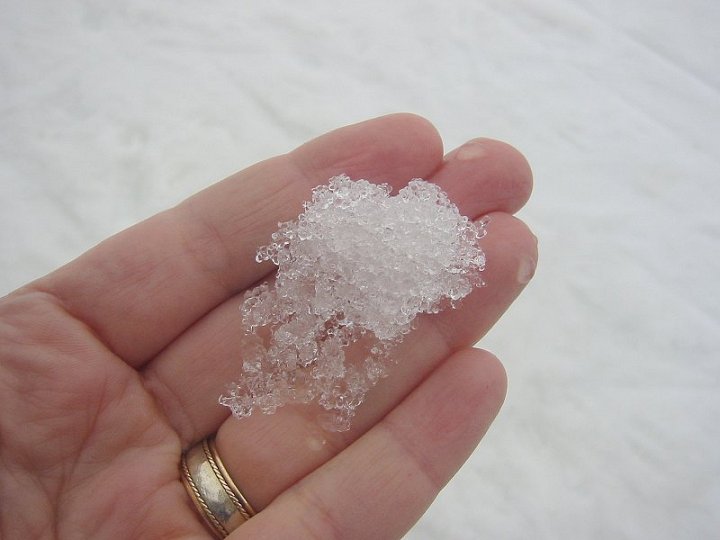 Last week, Alberta was treated to an unexpected early snowfall. While we are fortunate that winter conditions have reverted back to a typical, warm, Western Canadian September we were reminded of the coming winter conditions and the impact they have on our work operations. In outdoor construction work and trades-person work in cold winter conditions, there are a number of discomforts and issues that can be aggravated by the cold.
Last week, Alberta was treated to an unexpected early snowfall. While we are fortunate that winter conditions have reverted back to a typical, warm, Western Canadian September we were reminded of the coming winter conditions and the impact they have on our work operations. In outdoor construction work and trades-person work in cold winter conditions, there are a number of discomforts and issues that can be aggravated by the cold.
One of these common issues is Raynaud’s syndrome – a condition where reduced blood flow to the fingers, often triggered by cold exposure, results in reduced dexterity and discomfort. In severe cases, discolouration, swelling and reduced function occur. In milder cases, pain and a sensation of having “pins and needles” in the fingers is present. Development of Raynaud’s is sometimes based on physiological and personal factors (age, sex, genetics, smoking status, alcohol consumption, anxiety, stress, etc.) (1), but there is evidence that occupational exposures also play a role.
Use of vibrational tools has long been noted to lead to development of Raynaud’s (1), but a review of construction work in Sweden demonstrated that working in cold temperatures also plays a role (2). Reduction in peripheral blood flow to the fingers is associated with cold exposure, and this reduction may negatively impact on vascular and neurological mechanisms controlling finger blood flow and thermal regulation over time. Anecdotally, workers in outdoor trades have noted that after years of working in the cold, they now have reduced tolerance time to cold weather work. Within the first hour of work they begin to report pain and loss of finger sensations.
While there are some medications to help manage the condition (these should be reviewed with your physician), the main drivers of the symptoms are vibrating hand tool use and exposure to cold weather. To help mitigate symptoms onsite, exposure to vibrational tools and exposure to cold should be limited. Also, nicotine use is noted to be associated with Raynaud’s, and smoking is likely to worsen symptoms (1). Burström et al. (2010) noted that, in their study, it was estimated that elimination of the use of nicotine products would result in a 24% reduction in Raynaud’s occurrence, reduction in vibrating tool use would result in a 51% decrease in Raynaud’s occurrence, and an increase in mean environmental temperature would result in a 28% decrease in Raynaud’s occurrence.
Obviously, it is important to test vibration exposures when using tools, and perform regular check/maintenance to ensure vibration from hand tools is within accepted limits. But, what can be done about cold exposure? The reality of work in Northern Canada is that cold exposure for outdoor work operations will occur, for at least a portion of the workday, for 8 months of the year. Heating lamps and warming units are not a viable option for many locations, and continued work within cold environments is important to productivity.
One noted intervention to reduce Raynaud’s symptoms is the use of heated gloves and hand warmers. In the coming months, we will organize a trial of battery-powered heated glove liners among trade’s workers in the oil and gas sector to determine if they are effective in mitigating/managing symptoms among those suffering from occupationally-related Raynaud’s it might provide evidence of an effective intervention.
1. Roquelaure Y, Ha C, Manac’h L, Petit A, Bodin J, Bodere A, et al. Risk factors for Raynaud’s phenomenon in the workforce. Arthritis care & research. 2012;64(6):898-904.
2. Burström L, Järvholm B, Nilsson T, Wahlström J. White fingers, cold environment, and vibration-exposure among Swedish construction workers. Scandinavian journal of work, environment & health. 2010:509-13.

